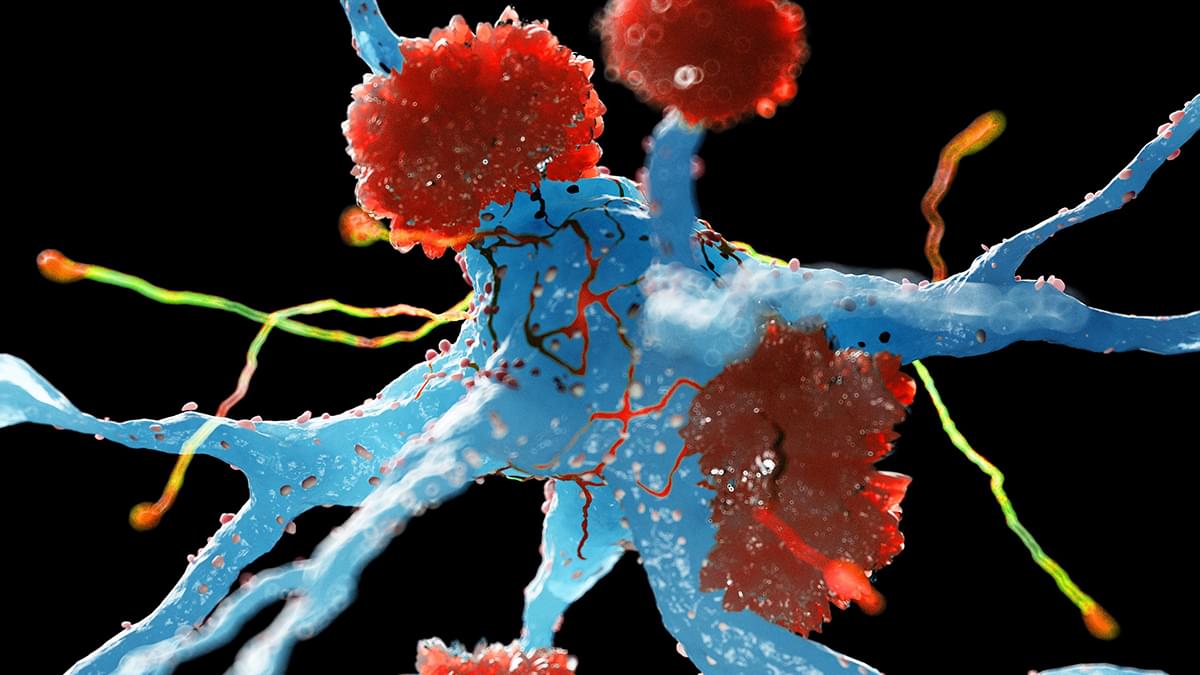Fat stem cells may hold the key to repairing fragile spines and reversing bone loss.


Foxconn, one of NVIDIA’s largest supply chain partners, has reportedly received orders for AI clusters around Google’s TPUs, marking a significant shift for the Taiwanese manufacturer.
There’s no doubt that the buzz around ASICs, especially after the release of Google’s latest Ironwood TPU platform, has become increasingly mainstream. More importantly, Google’s TPUs are rumored to be on the verge of adoption among several companies, with a notable name being Meta. This is why TPUs are evolving into a platform that is now targeting external adoption. According to a report by the Taiwan Economic Daily, Foxconn has received orders for Google’s TPU compute trays and will also collaborate on Google’s ‘Intrinsic’ robotics plans.
John Searle and Sir John Eccles discuss the relationship between the mind and the brain. This is from a 1984 program called Voices. The host was Ted Honderich.
#philosophy #consciousness #philosophyofmind #johnsearle #eccles #science #materialism #debate



Specific immune cells in the brain may play a crucial role in preventing the onset of Alzheimer’s disease, according to a new study – a discovery that could lead to new therapies that try to coax cells into this protective state.
Earlier studies have shown that immune cells in the brain called microglia can effectively tackle the symptoms of Alzheimer’s, but also make them worse through inflammation.
Here, an international team of scientists took a detailed look at how microglia switch between those two helpful and harmful modes.

Today UNESCO’s Member States took the final step towards adopting the first global normative framework on the ethics of neurotechnology. The Recommendation, which will enter into force on November 12, establishes essential safeguards to ensure that neurotechnology contributes to improving the lives of those who need it the most, without jeopardizing human rights.

Maria Strømme, a materials science professor at Uppsala University, outlines a new theoretical model in AIP Advances that begins with a central claim: consciousness is fundamental field, and time, space, and matter develop from it.
Her paper treats conscious experience not as a late add-on, but as the basic “stuff” that reality is made of. In that picture, your brain, your body, and even space and time grow out of a deeper kind of “mind” that fills the whole universe.
Most neuroscientists still ask, “How does the brain produce consciousness?”


Nearly 4.5 million years ago, two large, hot stars brushed tantalizingly close to Earth’s sun. They left behind a trace in the clouds of gas and dust that swirl just beyond our solar system—almost like the scent of perfume after someone has left the room.
That’s one finding from new research led by Michael Shull, an astrophysicist at the University of Colorado Boulder, and published Nov. 24 in The Astrophysical Journal.
The study sheds new light on the details of Earth’s neighborhood in space.